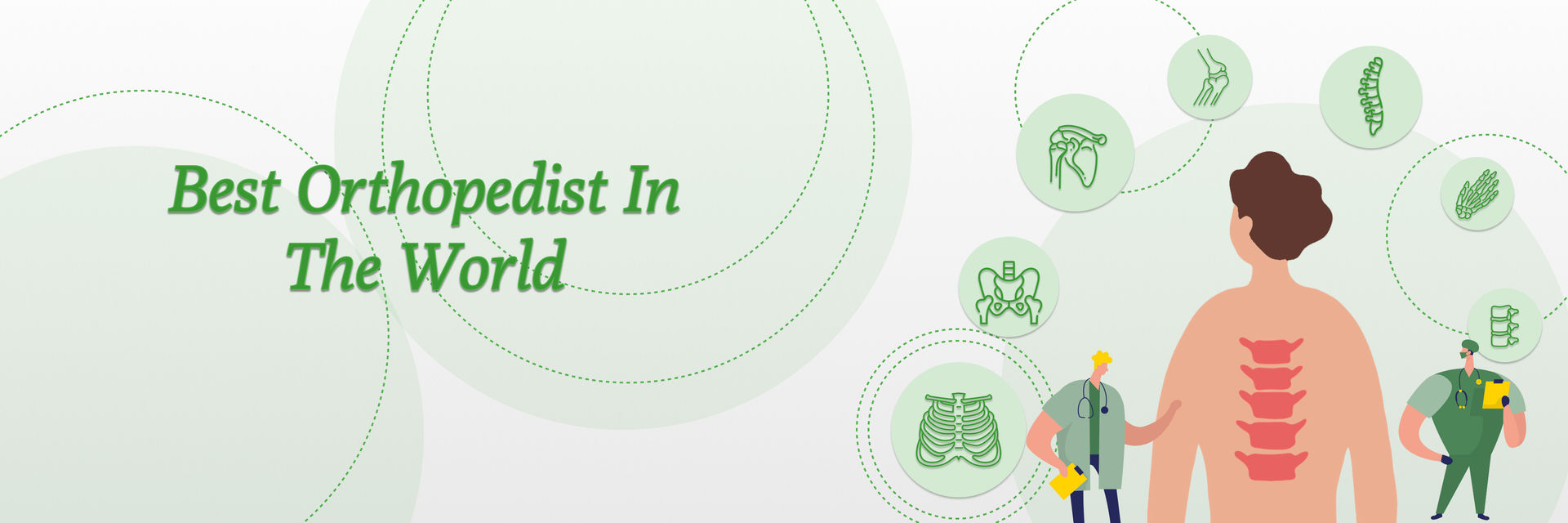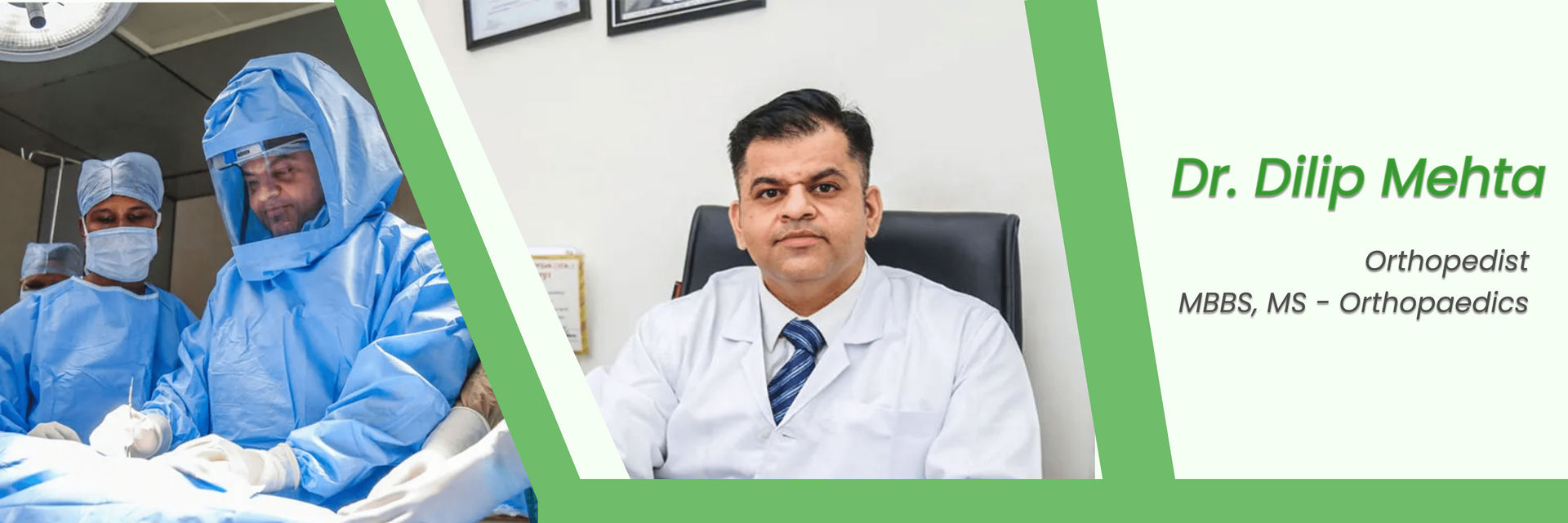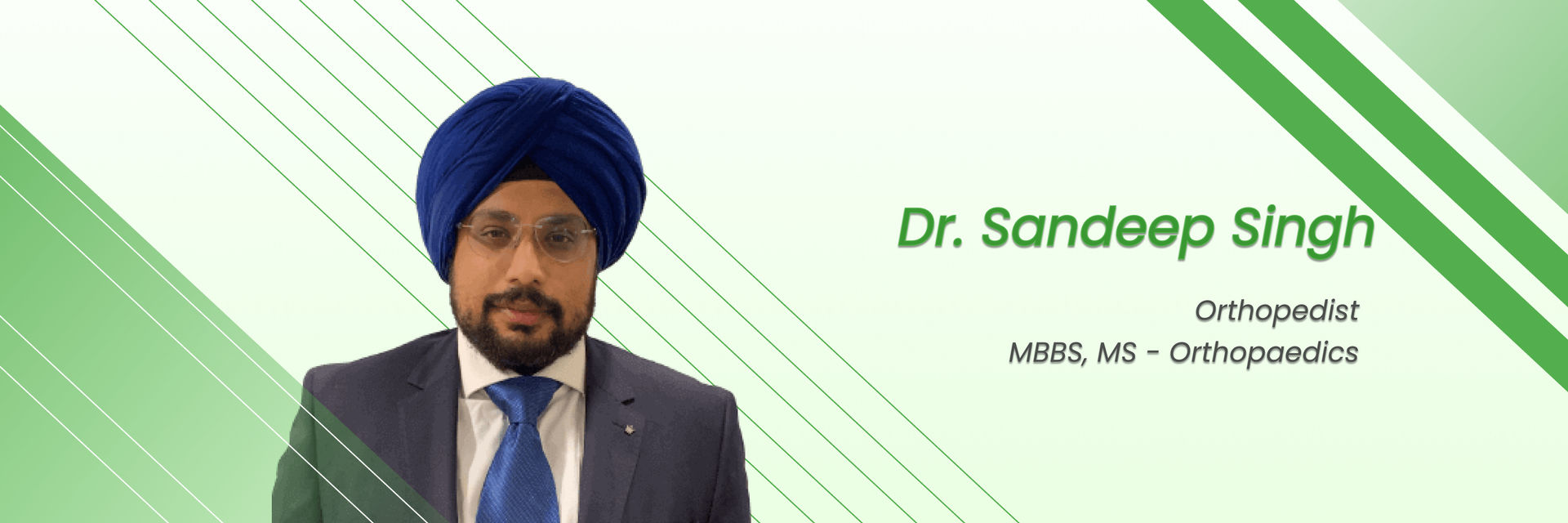Osteoarthritis is a degenerative joint disease primarily affecting the cartilage, the flexible tissue that cushions the joints. As the cartilage breaks down, it leads to
- pain,
- stiffness, and
- loss of joint function.

In India, osteoarthritis is a growing concern, with an estimated 15 million people suffering from the condition, and the number is expected to rise with the aging population. Traditional treatments often focus on pain management and improving joint function but do not address the underlying damage to the cartilage. This is where stem cell therapy for osteoarthritis emerges, offering a groundbreaking approach to managing the symptoms and repairing the damaged cartilage.
However, the question remains: Is this therapy FDA-approved? How effective is it, and what does it cost?
This blog will explore these questions and more, providing a well-researched and comprehensive guide on stem cell therapy for osteoarthritis in India.
Can stem cells repair arthritis?
Stem cells have the potential to repair the damaged cartilage and tissues that are characteristic of osteoarthritis. This is due to their unique ability to differentiate into various cell types and their capacity to secrete bioactive molecules that promote tissue regeneration.
- Cartilage Regeneration: Studies have shown that stem cell treatment for knee osteoarthritis can regenerate cartilage, which is otherwise challenging to repair using conventional treatments. The injected stem cells migrate to the damaged areas and start the repair process, forming new cartilage tissue.
- Pain Reduction: In addition to regenerating cartilage, osteoarthritis stem cell treatment has been found to reduce inflammation and alleviate pain. This is achieved through the secretion of anti-inflammatory molecules and the modulation of the immune response.
- Limitations: While stem cells have shown the ability to repair cartilage and reduce symptoms, they may not fully reverse the damage in advanced cases of osteoarthritis. The extent of repair also depends on factors such as the stage of the disease, the patient's overall health, and the quality of the stem cells used.
Is stem cell therapy for osteoarthritis FDA-Approved?
As of now, stem cell therapy for osteoarthritis is not yet FDA-approved. The FDA has expressed concerns about the safety and efficacy of stem cell products that have not undergone rigorous clinical testing. However, the FDA does allow certain stem cell therapies to be used in clinical trials, and there is ongoing research to evaluate their potential as a treatment for osteoarthritis.
In India, the regulatory environment is less stringent, and stem cell therapy is available at various clinics and hospitals as an experimental or investigational treatment. Patients considering stem cell therapy in India should ensure that the clinic or hospital follows ethical guidelines and employs qualified healthcare professionals.
What is the success rate of stem cell therapy for osteoarthritis?
The success rate of stem cell therapy for osteoarthritis varies depending on several factors, including the patient's age, the severity of the condition, and the type of stem cells used. Clinical trials and studies have shown promising results, with many patients experiencing reduced pain and improved joint function after undergoing osteoarthritis stem cell treatment.
- Clinical Trials: Recent stem cell clinical trials for osteoarthritis of the knee have reported success rates ranging from 60% to 80%. These trials often use mesenchymal stem cells (MSCs) derived from bone marrow or adipose tissue, which have shown a significant ability to differentiate into cartilage cells and promote tissue repair.
- Patient Outcomes: Many patients have reported a significant reduction in pain, increased mobility, and improved quality of life after undergoing stem cell treatment for knee osteoarthritis. However, the therapy is not a one-size-fits-all solution, and outcomes can vary.
- Long-Term Efficacy: While short-term results are encouraging, the long-term efficacy of regenerative medicine for osteoarthritis is still under investigation. Some studies suggest that the benefits of stem cell therapy can last for several years, but more research is needed to determine the full extent of its long-term effectiveness.
Where Can I Get Stem Cell Treatment for Osteoarthritis in India?
India is home to several reputable clinics and hospitals offering stem cell therapy for osteoarthritis. Below is a list of some of the top facilities, including information about each one:
- StemRx Bioscience Solutions Private Limited (Navi Mumbai)
- Specialization: Known for its innovative approach to stem cell therapy, StemRx offers personalized treatment plans for osteoarthritis patients and various diseases.
- Facilities: The clinic is equipped with state-of-the-art technology and has a team of experienced specialists in regenerative medicine.
- StemRx has treated over 1,000 patients with stem cell therapy, and a high success rate has been reported in osteoarthritis cases.
- NeuroGen Brain and Spine Institute (Mumbai)
- Specialization: NeuroGen is a leading center for regenerative medicine and stem cell therapy, offering treatments for various conditions, including osteoarthritis.
- Facilities: The institute is known for its advanced research, clinical facilities, and multidisciplinary patient care approach.
- NeuroGen has successfully treated hundreds of patients with osteoarthritis, and many have reported significant improvements in pain and mobility.
- Medanta - The Medicity (Gurgaon)
- Specialization: Medanta is a multi-specialty hospital that offers a range of regenerative therapies, including osteoarthritis stem cell treatment.
- Facilities: The hospital has cutting-edge technology and a team of internationally trained doctors.
- Medanta has pioneered advanced medical treatments in India, including stem cell therapy for joint disorders.
- Kokilaben Dhirubhai Ambani Hospital (Mumbai)
- Specialization: Kokilaben Hospital is known for its comprehensive healthcare services and offers stem cell therapy for various orthopaedic conditions.
- Facilities: The hospital boasts modern facilities and a dedicated team of specialists in regenerative medicine.
- Kokilaben Hospital has a strong track record in treating osteoarthritis patients with stem cell therapy, and many patients have reported positive outcomes.
- AIIMS (All India Institute of Medical Sciences, New Delhi)
- Specialization: AIIMS is one of India’s leading public medical institutions and offers stem cell therapy for osteoarthritis as part of its research and clinical services.
- Facilities: AIIMS is equipped with state-of-the-art research labs and clinical facilities and conducts cutting-edge research in regenerative medicine.
- AIIMS has been involved in several clinical trials for stem cell therapy, contributing valuable data to osteoarthritis treatment.
- Apollo Hospitals (Chennai)
- Specialization: Apollo Hospitals is a well-known healthcare provider in India. It offers various treatments, including regenerative medicine for osteoarthritis.
- Facilities: The hospital has modern facilities and a team of specialists experienced in administering stem cell therapy.
- Apollo Hospitals has successfully treated numerous osteoarthritis patients using stem cell therapy, with many reporting significant symptom improvements.
- Fortis Hospital (Bangalore)
- Specialization: Fortis Hospital offers advanced orthopedic treatments, including stem cell treatment for knee osteoarthritis.
- Facilities: The hospital has the latest medical technology and a team of experienced orthopedic surgeons and regenerative medicine specialists.
- Fortis Hospital has been a leader in adopting new medical technologies in India, including stem cell therapy for joint disorders.
How Much Does Stem Cell Therapy for Osteoarthritis Cost in India?
The osteoarthritis stem cell treatment cost in India is significantly lower than in Western countries, making it an attractive option for domestic and international patients. However, the cost can vary depending on the type of stem cells used, the clinic or hospital, and the specific treatment protocol. Additionally, some clinics may offer package deals that include accommodation, transportation, and post-treatment care, which can further affect the overall cost.
- On average, stem cell therapy for osteoarthritis in India costs approximately $8000 to $12000. This cost typically includes consultation, the procedure itself, and follow-up care. However, the cost may vary based on the type of stem cells used (autologous vs. allogeneic), the number of sessions required, and the specific clinic or hospital.
- In comparison, the cost of stem cell therapy in India, the United States, or Europe can range from $15,000 to $35,000, making India a more affordable option for many patients. The lower cost in India does not necessarily reflect a compromise in quality, as many Indian clinics and hospitals are equipped with state-of-the-art facilities and internationally trained specialists.
What is the Best Stem Cell Treatment for Osteoarthritis?
When it comes to determining the best stem cell therapy for osteoarthritis, several factors come into play, including the type of stem cells used, the method of delivery, and the patient's individual condition.
- Mesenchymal Stem Cells (MSCs) are the most commonly used stem cells in osteoarthritis treatment. They are derived from bone marrow, adipose tissue, or umbilical cord tissue. MSCs can differentiate into various cell types, including cartilage cells, making them ideal for hip osteoarthritis and other joints.
- Platelet-Rich Plasma (PRP) Combined with Stem Cells: Some treatments combine PRP with stem cells to enhance the regenerative effect. PRP is rich in growth factors that can accelerate tissue repair and regeneration, making it a popular choice for patients seeking stem cell for knee osteoarthritis.
- Autologous vs. Allogeneic Stem Cells: Autologous stem cells are derived from the patient's body, while allogeneic stem cells come from donors. Autologous stem cell treatments are generally considered safer, as there is a lower risk of immune rejection. However, allogeneic stem cells may offer advantages in certain cases, such as when a large number of stem cells is required.
What are the advantages of stem cell therapy for osteoarthritis?
Stem cell therapy offers several advantages for treating osteoarthritis, particularly compared to traditional treatments.
- Cartilage Regeneration: Unlike conventional treatments that only manage symptoms, stem cell therapy has the potential to regenerate damaged cartilage, addressing the root cause of osteoarthritis.
- Reduced Pain and Inflammation: Stem cells can secrete anti-inflammatory molecules that help reduce pain and inflammation, relieving patients.
- Improved Joint Function: Stem cell therapy can improve joint function by repairing damaged tissues enhancing mobility and quality of life for osteoarthritis patients.
- Minimally Invasive: Stem cell therapy is typically administered through injections, making it a minimally invasive procedure compared to joint replacement surgery.
- Fewer Side Effects: Stem cell therapy often uses the patient’s cells (autologous), so the risk of immune rejection and other side effects is relatively low.
- Potential for Long-Term Relief: While more research is needed, some studies suggest that stem cell therapy can provide long-term relief from osteoarthritis symptoms, potentially delaying or eliminating the need for surgery.
Disadvantages of Using Stem Cells to Treat Osteoarthritis
While stem cell therapy for osteoarthritis offers several potential benefits, some disadvantages and risks are associated with the treatment.
- High Cost: One of the primary disadvantages is the cost. Although the cost of osteoarthritis stem cell treatment in India is lower than in Western countries, it is still relatively expensive and may not be affordable for all patients.
- Limited Availability: Not all clinics and hospitals offer stem cell therapy, and patients may need to travel to specialized centers to receive treatment. This can add to the overall cost and inconvenience.
- Variable Results: The success of stem cell therapy can vary from patient to patient. While many experience significant improvements, others may see little or no treatment benefit.
- Lack of Long-Term Data: While short-term results are promising, there is still a lack of long-term data on the efficacy and safety of stem cell therapy for osteoarthritis. More research is needed to understand the full potential and limitations of this treatment.
- Regulatory and Ethical Concerns: The use of stem cells, particularly allogeneic stem cells, raises regulatory and ethical concerns. Patients should be aware of the regulatory status of the treatment in their country and choose clinics that adhere to ethical standards.
Is PRP or Stem Cell Better for Arthritis?
When comparing Platelet-Rich Plasma (PRP) and stem cell therapy for treating arthritis, both have advantages and are often used in conjunction.
- PRP Therapy: PRP involves injecting a concentrated dose of platelets derived from the patient's blood into the affected joint. Platelets contain growth factors that can promote tissue repair and reduce inflammation. PRP is often used for mild to moderate cases of arthritis and can be an effective treatment for those who may not be candidates for stem cell therapy.
- Stem Cell Therapy: Stem cell therapy for osteoarthritis involves injecting stem cells into the joint to promote cartilage regeneration and other tissues. Compared to PRP, stem cells have a broader range of potential benefits, as they can differentiate into various cell types and directly contribute to tissue repair.
- Combination Therapy: In some cases, PRP and stem cell therapy are used together to enhance the overall regenerative effect. The PRP provides the initial boost to the healing process, while the stem cells contribute to the long-term repair of the damaged tissues.
But if you have a question about which is better, that answer is tricky.
The choice between PRP and stem cell therapy depends on the severity of the arthritis, the patient's overall health, and treatment goals. For early-stage arthritis, PRP may be sufficient, while stem cell therapy may be more appropriate for more advanced cases.
Stem cell therapy for osteoarthritis represents a promising advancement in the field of regenerative medicine. While it offers potential benefits such as cartilage regeneration, reduced pain, and improved joint function, it is important to approach this treatment with a clear understanding of its current limitations and regulatory status.






